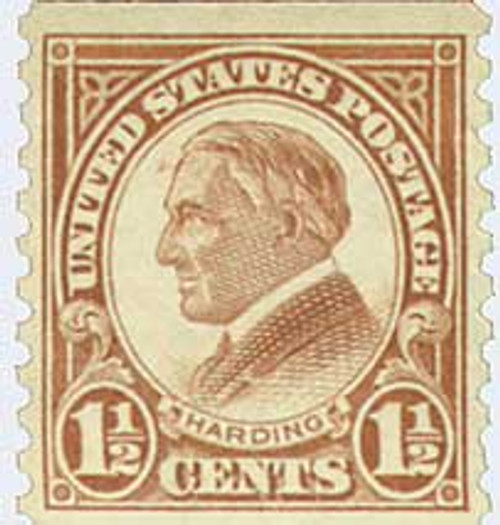
1923 4c Martha Washington, perf 10 vertical
# 601 - 1923 4c Martha Washington, perf 10 vertical
MSRP:
Was:
Now:
$0.60 - $25.00
(You save
)
Write a Review

Write a Review

601 - 1923 4c Martha Washington, perf 10 vertical
| Image | Condition | Price | Qty | |
|---|---|---|---|---|

|
Unused Line Pair
small flaws
ⓘ
Usually ships within 30 days.
Usually ships within 30 days.
$ 25.00
|
$ 25.00 |
|
0
|
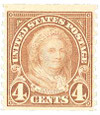
|
Mint Stamp(s)
ⓘ
Ships in 1-3 business days.
Ships in 1-3 business days.
$ 7.75
|
$ 7.75 |
|
1
|
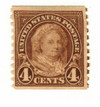
|
Mint Stamp(s)
Fine
ⓘ
Ships in 1-3 business days.
Ships in 1-3 business days.
$ 9.75
|
$ 9.75 |
|
2
|
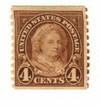
|
Mint Stamp(s)
Fine, Never Hinged
ⓘ
Ships in 1-3 business days.
Ships in 1-3 business days.
$ 12.00
|
$ 12.00 |
|
3
|
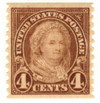
|
Mint Stamp(s)
Very Fine
ⓘ
Ships in 1-3 business days.
Ships in 1-3 business days.
$ 12.00
|
$ 12.00 |
|
4
|
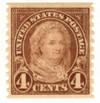
|
Mint Stamp(s)
Very Fine, Never Hinged
ⓘ
Ships in 1-3 business days.
Ships in 1-3 business days.
$ 15.25
|
$ 15.25 |
|
5
|

|
Used Single Stamp(s)
ⓘ
Ships in 1-3 business days.
Ships in 1-3 business days.
$ 0.75
|
$ 0.75 |
|
6
|

|
Unused Stamp(s)
small flaws
ⓘ
Ships in 1-3 business days.
Ships in 1-3 business days.
$ 4.25
|
$ 4.25 |
|
7
|

|
Used Stamp(s)
small flaws
ⓘ
Ships in 1-3 business days.
Ships in 1-3 business days.
Free with 140 Points
$ 0.60
|
$ 0.60 |
|
8
|

|
Used Single Stamp(s)
Fine
ⓘ
Ships in 1-3 business days.
Ships in 1-3 business days.
$ 1.00
|
$ 1.00 |
|
9
|
Mounts - Click Here
| Mount | Price | Qty |
|---|
U.S. #601
4¢ Martha Washington
4¢ Martha Washington
1923-29 Rotary Coil
Issue Date: August 5, 1923
First City: Washington, D.C.
Color: Yellow Brown
Martha Washington was the first woman to appear on a U.S. postage stamp. This 4¢ stamp bearing her image paid the postage on a double-weight first class letter.
Wheels of Progress
In 1847, when the printing presses first began to move, they didn’t roll – they “stamped” in a process known as flat plate printing. The Regular Series of 1922 was the last to be printed by flat plate press, after which stamps were produced by rotary press printing.
By 1926, all denominations up to 10¢ – except the new ½¢ – were printed by rotary press. For a while, $1 to $5 issues were done on flat plate press due to smaller demand.

U.S. #601
4¢ Martha Washington
4¢ Martha Washington
1923-29 Rotary Coil
Issue Date: August 5, 1923
First City: Washington, D.C.
Color: Yellow Brown
Martha Washington was the first woman to appear on a U.S. postage stamp. This 4¢ stamp bearing her image paid the postage on a double-weight first class letter.
Wheels of Progress
In 1847, when the printing presses first began to move, they didn’t roll – they “stamped” in a process known as flat plate printing. The Regular Series of 1922 was the last to be printed by flat plate press, after which stamps were produced by rotary press printing.
By 1926, all denominations up to 10¢ – except the new ½¢ – were printed by rotary press. For a while, $1 to $5 issues were done on flat plate press due to smaller demand.
!


